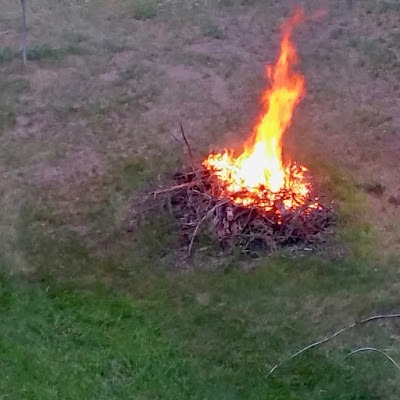The United Nations has adopted 17 Sustainable Development Goals. With a specific focus on the mining sector, it has fostered the preparation of the report: Mapping Mining to the Sustainable Development Goals: An Atlas.
The Atlas maps the relationship between mining and the SDGs by using examples of good practice in the industry and existing knowledge and resources in sustainable development that if replicated or scaled up could make useful contributions to the SDGs. Mining companies, their staff, management and boards are the primary audience for the Atlas. The Atlas is also intended to advance the conversation about how mining companies, can work collaboratively with governments, communities, civil society and other partners to contribute to achieve the SDGs.In some ways even more relevant to Minnesota and the Great Lakes region, the United Nations has crafted a multi-year strategy, the UN Global Compact, to drive business awareness and action in support of achieving the Sustainable Development Goals by 2030 . One aspect of the compact is The CEO Water Mandate, which has, as of this writing, almost 150 business signatories, including a handful from the metals and mining sector. Unfortunately, neither Glencore/PolyMet nor Antofagasta/Twin Metals are listed as having signed that Mandate.
The Mandate is a commitment platform for business leaders and learners to advance water stewardship. Endorsing companies commit to action across six key elements and report annually on progress. In implementing water stewardship, endorsing companies also identify and reduce critical water risks to their businesses, seize water-related opportunities, and contribute to water security and the Sustainable Development Goals.Either or both Glencore/Polymet or Antofagasta/Twin Metals could add credibility to their claims of responsible mining and development if they actually walked their talk. Instead, what we see are behaviors based on compliance with watered-down environmental and financial requirements imposed by the state's permitting agencies. Compliance is not a valid substitute for ethical corporate behavior. Conversely, while it's possible we've missed something significant, we've seen no indication Minnesota has given thought to or been engaged in any of the activities that could offer substantial contributions to help protect both the state's economy and its environment. Inaction or inept action won't get us there. Sitting on laurels for too long may result in an uncomfortable rash.
These are the last two stanzas of the poem we've picked to complement this series. It's a long poem but, we believe, fits really well with the theme we've developed. If we truly want a future with both good jobs and a healthy, sustainable environment, conflict resolution offers a more productive strategy than does continuing conflict. we hope you concur.
Conflict Resolution for Holy Beings
By Joy Harjo
5. ELIMINATE NEGATIVE ATTITUDES DURING CONFLICT:
A panther poised in the cypress tree about to jump is a panther poised in a cypress tree about to jump.
The panther is a poem of fire green eyes and a heart charged by four winds of four directions.
The panther hears everything in the dark: the unspoken tears of a few hundred human years, storms that will break what has broken his world, a bluebird swaying on a branch a few miles away.
He hears the death song of his approaching prey:
I will always love you, sunrise.
I belong to the black cat with fire green eyes.
There, in the cypress tree near the morning star.
6. AND, USE WHAT YOU LEARN TO RESOLVE YOUR OWN CONFLICTS AND TO MEDIATE OTHERS' CONFLICTS:
When we made it back home, back over those curved roads
that wind through the city of peace, we stopped at the
doorway of dusk as it opened to our homelands.
We gave thanks for the story, for all parts of the story
because it was by the light of those challenges we knew
ourselves—
We asked for forgiveness.
We laid down our burdens next to each other.
********************************************
Thanks for visiting. Come again when you can.
Please be kind to each other while you can.

















